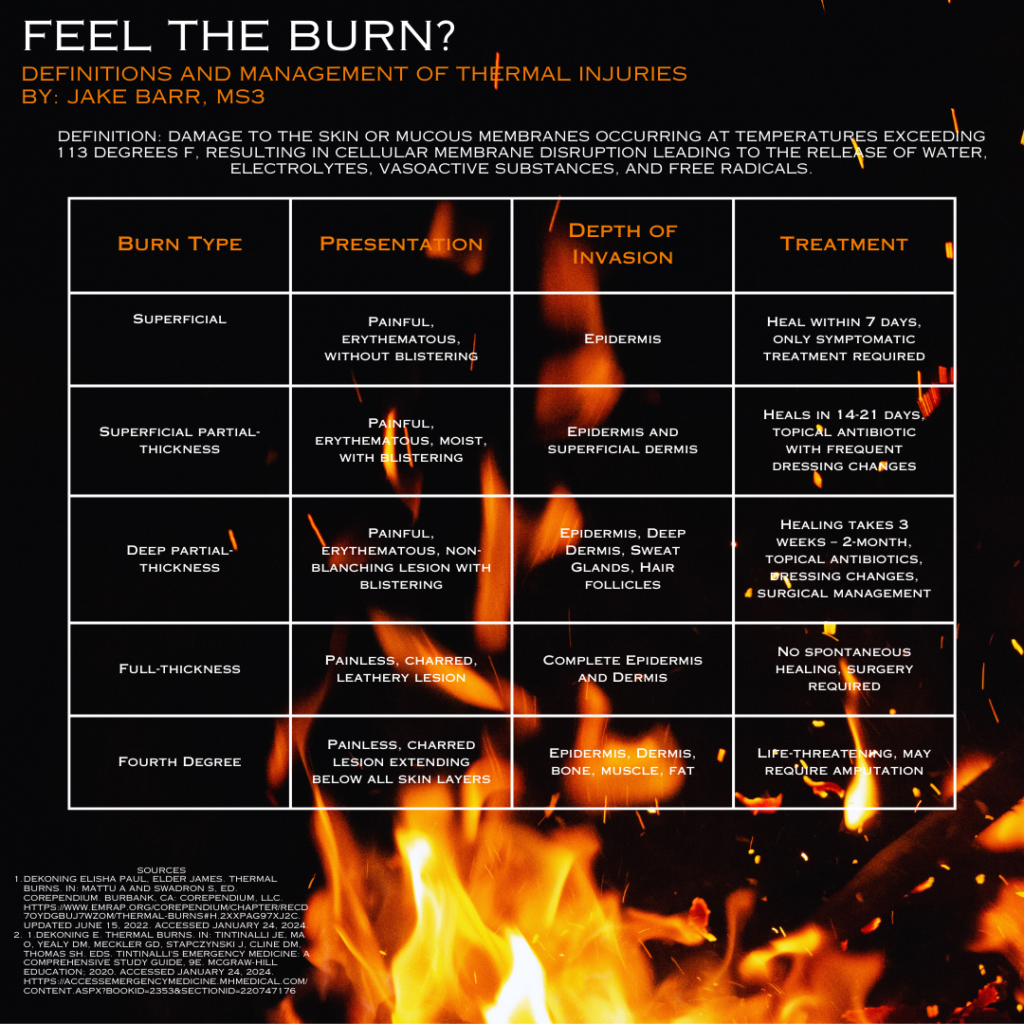A 2 year old female presents to the ED with fever and difficulty swallowing. Mom reports she has been fussy with intermittent fever and rhinorrhea for 4 days but today did not want to eat or drink much, talking in a whisper and complaining of pain when eating. On exam, the patient is febrile, drooling, and has a swollen posterior oropharynx. A soft tissue neck x-ray is shown below. What’s the diagnosis?

Answer: Retropharyngeal Abscess
- Most common in children under 5 years
- May be preceded by URI symptoms or trauma to posterior pharynx
- Xray finding = widened prevertebral space
- In children, consider abscess when the prevertebral space is >6mm at C2 or >22mm at C6
- Accurate assessment requires neck extension during x-ray
- Common organisms involved – often polymicrobial, Staph aureus, Strep pyrogens, Strep viridans, Fusobacterium, Haemophilus specieas or other respiratory anaerobes
- Management:
- Admission
- IV antibiotics
- Consult ENT for possible I&D
- Definitive airway if any respiratory compromise
- Complications include airway obstruction and mediastinitis
References:
Jain H, Knorr TL, Sinha V. Retropharyngeal Abscess. [Updated 2019 Oct 5]. In: StatPearls [Internet]. Treasure Island (FL): StatPearls Publishing; 2019 Jan-. Available from:https://www.ncbi.nlm.nih.gov/books/NBK441873/
Mapelli E, Sabhaney V. Stridor and Drooling in Infants and Children. In: Tintinalli JE, Stapczynski J, Ma O, Yealy DM, Meckler GD, Cline DM. eds.Tintinalli’s Emergency Medicine: A Comprehensive Study Guide, 8eNew York, NY: McGraw-Hill; 2016.











